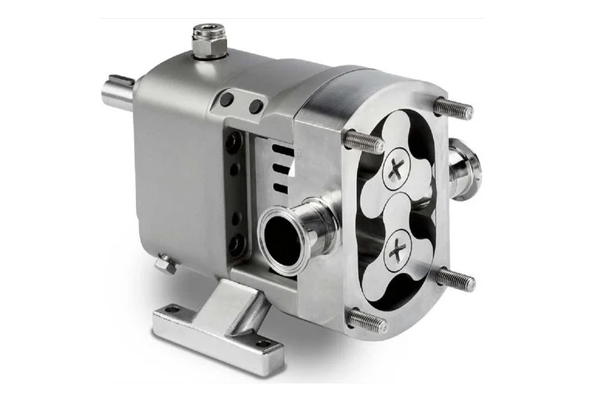MACHINE DESCRIPTION
A lobe pump is a type of positive displacement pump that uses two or more rotating
lobes to move fluid. The lobes rotate within a casing, creating chambers that trap and
transport fluid from the inlet to the outlet. They are known for their ability to handle
a variety of fluids, including those with solids, and for their gentle pumping action.
ROTOR/LOBE DESIGN
Lobe pumps utilize rotors with lobes (often two or three) that intermesh without
touching each other.
SUCTION PHASE
As the lobes rotate and move out of mesh on the inlet side, they create a vacuum that
draws fluid into the pump.
ENCLOSED CAVITIES
The rotating lobes trap fluid within the spaces between the lobes and the pump
casing.
DISCHARGE PHASE
The fluid is carried around the inside of the pump casing by the rotating lobes and is
then forced out of the discharge port as the lobes come back into mesh.
GENTLE PUMPING
The non-contacting nature of the lobes minimizes shear and damage to the pumped
fluid, making it suitable for delicate or viscous substances, as well as fluids containing
solids.
DIRECTION OF ROTATION
Lobe pumps can often operate in either direction, offering flexibility in piping
configurations.
APPLICATIONS
Lobe pumps are widely used in various industries, including food and beverage,
pharmaceuticals, and chemical processing, due to their versatility and ability to
handle different types of fluids.
